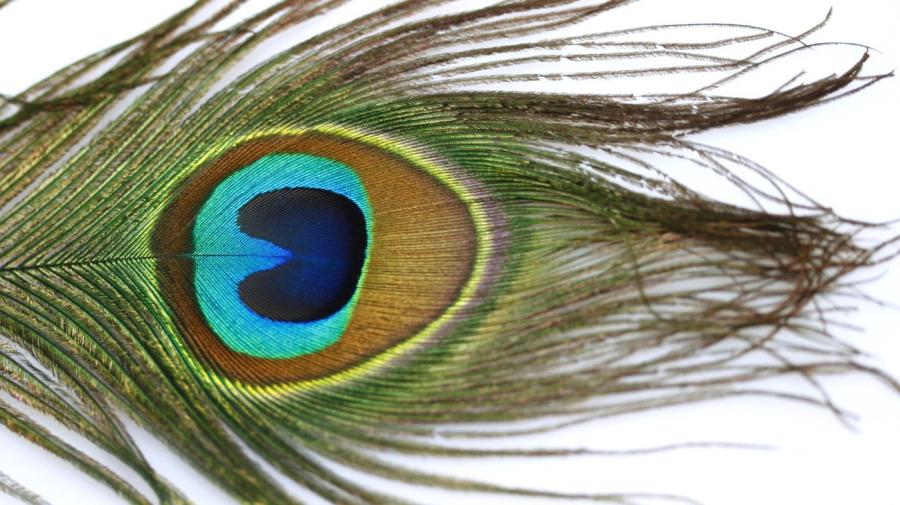Why Are Peacock Feathers Bad Luck?

The idea that peacock feathers are bad luck is traced to a superstition that began in the Mediterranean, where the eye-like markings on the end of peacock feathers are called the “evil eye.” The “evil eye” markings are said to be the ever-watchful eye of the femaledemon Lilith.
The superstition regarding peacock feathers is believed to be linked to incidents of bad luck, including unexplained deaths of infants. The only thing that people found to link these misfortunes together were peacock feathers hanging in the homes of those who were afflicted. Since Lilith is a demon who is often blamed for misfortune and mysterious deaths of infants, people started to believe that the eye-like marking on the end of the feathers was a window that Lilith used to look into people’s homes.
During Roman and Greek times, peacocks were often served at formal dinners. Before the bird was cooked, the feathers were removed, then placed back on before serving using a honey mixture that acted like a glue. This gave the roasted fowl a luxurious look that was fit for nobility. One such excessive banquet for European kings involved stuffing roast birds inside one another, with the smallest birds being on the inside. The outer bird was usually the peacock because it was the most pleasing to the eye.
Peacock feathers are seen as bad luck in Eastern Europe due to the fact that they were worn by the Mongol warriors who invaded those lands in the 13th century. Due to peacock feathers’ multiple eyes, they are also considered to be a seer of everything, and for this reason are believed to be bad luck and are not allowed inside homes.
In the theater, a popular superstition about peacock feathers and bad luck involves the use of the feathers in costumes, sets or props, because many catastrophic events have reportedly occurred during performances when they are present.
In India and China, however, the peacock is sacred. It is believed that the colorful plume of feathers has spiritual healing energy that brings about harmony and balance. The peacock is also a symbol of immortality, and because peacock feathers are naturally renewed annually, they symbolize renewal.





